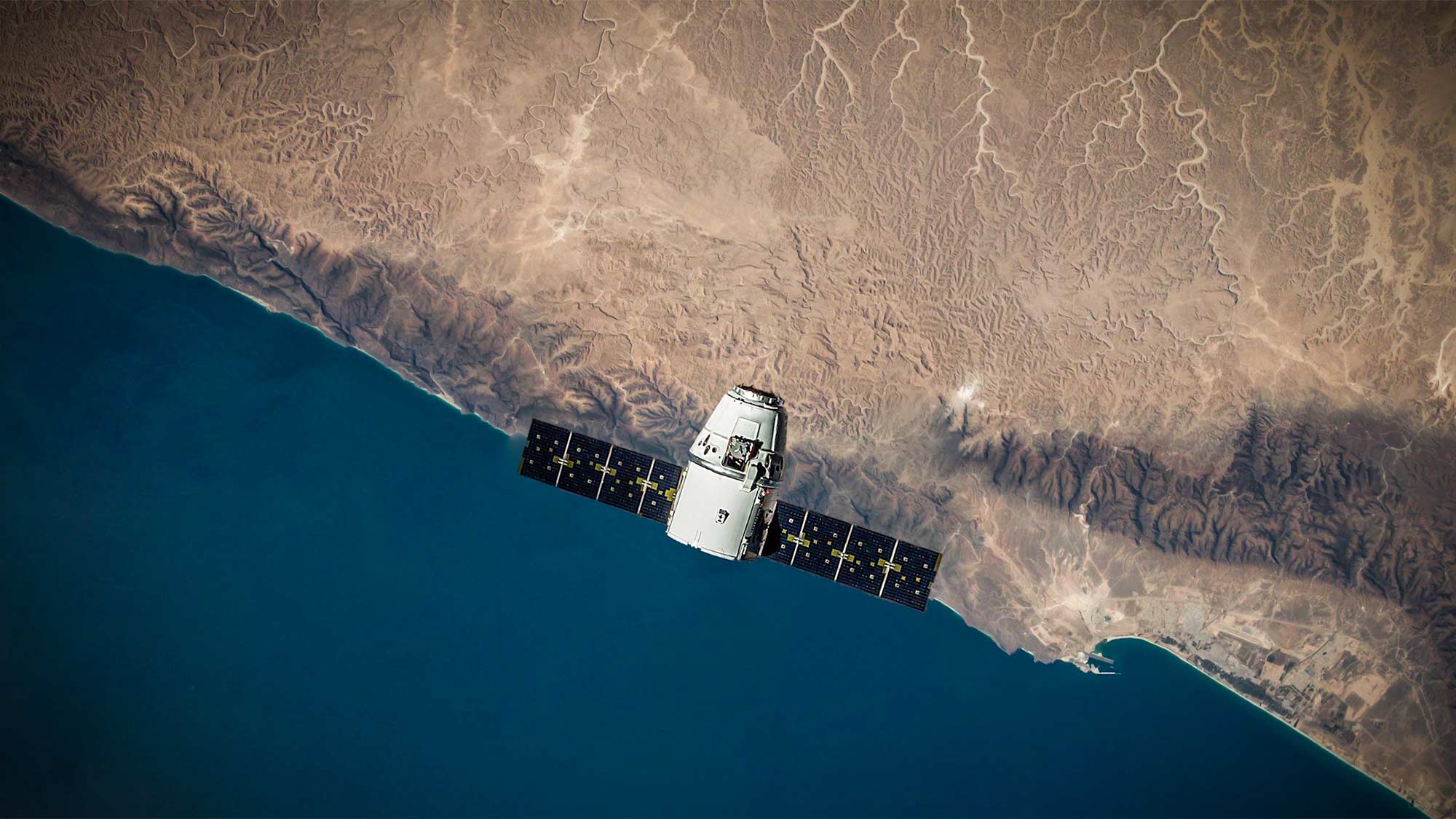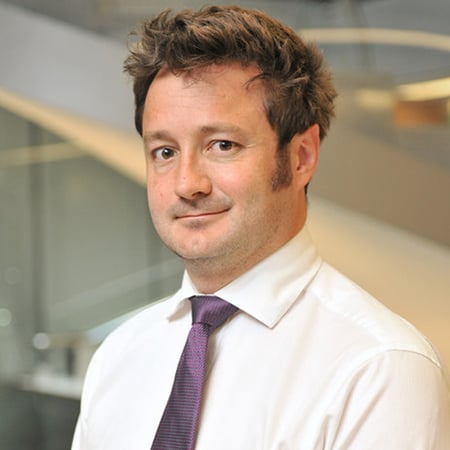Our geospatial services teams play a key role in many major infrastructure projects, establishing the physical constraints and opportunities within schemes like the UK’s High Speed 2 rail network or Crossrail. Our approach is data-driven from the start, establishing geospatial information to common standards, enabling efficient sharing and analysis across complex teams of suppliers. Fundamentally, geospatial services are an opportunity to bring together the needs of the built and natural environments and develop sustainable outcomes for the planet.
Every built environment project, from a masterplan for a city to a proposed new rail line, will rely on the use of geospatial data, it’s part of how we understand the interdependencies of space, systems and context. We see the ability to interrogate and visualise multiple and disparate datasets together as a way to achieve a deeper understanding of the space and the most appropriate and effective design choices.
Analysis at scale
Our work spans many scales and sectors, from property to city planning, transport to energy and water. Geospatial services produce outcomes ranging from designing an effective data architecture for projects to providing detailed analysis to build a business case for major urban development programmes. Our work informs decision making, building acceptance of a proposed design choice among clients and communities.
We approach each new project like a start-up, taking the opportunity to develop our own machine learning tools and apps. Recent work had led to the development of a new façade recognition tool, one that interprets street photography to classify and categorise the materials being used, identifying existing flaws, before specifying future maintenance needs.
Earth observation - reading the planet
Arup also now provides a growing range of Earth observation or remote sensing services and geodata science services. Our teams make large scale use of satellite photography to carry out ecological surveys from space, reducing the need to travel, reducing time, cost and CO2 emissions. This means we can assess land use, analyse the permeability of surfaces and assess flood risks, helping decision makers to better understand the context they’re in and the choices they can make.
We have helped the UK to improve biodiversity net gain (BNG), in a partnership with the European Space Agency. BNG is becoming a mandatory planning requirement for most new development in England, fundamentally altering how biodiversity impacts development consents. Beyond mapping habitat distinctiveness, our service will look to assess aspects of habitat condition relative to reference sites and to identify changes over time that may be of conservation significance.
The UN’s Sustainable Development Goals share a clear requirement to ‘measure and record’ both problems and progress, geospatial services are only gaining in importance, bringing transparency and honesty to the issues the planet and communities face. As the world struggles to develop effective mitigations to climate change, geospatial services can help shape the most effective interventions and solutions.

 ;
;

